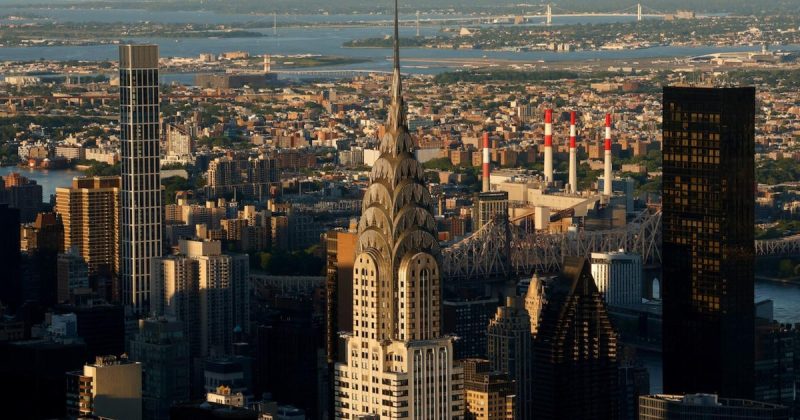
The Chrysler Building, a majestic Art Deco masterpiece, recently celebrated its 95th anniversary. While it’s now a beloved New York City icon, many may not know about its surprisingly short time as the world’s tallest building. This architectural marvel held the coveted title for only eleven months, a fleeting moment in its enduring legacy.
This brief reign, however, was far from insignificant. It marked a pivotal point in a thrilling skyscraper race between two architectural giants of the 1930s: the Chrysler Building and the Empire State Building. The competition spurred innovation and a dramatic escalation in building height, captivating the public’s imagination and leaving an indelible mark on the New York skyline.
The Chrysler Building’s temporary supremacy was a testament to the ambition and ingenuity of its architect, William Van Alen. His design, a stunning blend of steel, brick, and stainless steel, featured iconic elements like the distinctive spire, which was secretly assembled in sections and dramatically raised in a single day, snatching the height record from the 40 Wall Street building.
However, this victory was short-lived. The Empire State Building, a testament to the ambition and speed of its own construction, quickly surpassed the Chrysler Building’s height, ending its 11-month reign. Despite the brevity of its time as the tallest, the Chrysler Building’s unique design and enduring elegance have solidified its place as a global architectural icon and a symbol of the Roaring Twenties and the Art Deco era.
Today, the Chrysler Building stands as a symbol of a time when architectural ambition knew no bounds and the pursuit of innovation pushed the limits of engineering and design. Its brief stint as the world’s tallest skyscraper serves as a reminder that even fleeting moments of greatness can leave a lasting impact on history and continue to inspire awe and admiration for decades to come.










